|
Location: North Cornwall Coast Photographer: Rowena Castillo Nicholls Videographer: Rob Nicholls The sunset was 9:36pm. Spectacular! Happy summer solstice. SUMMER SOLSTICE is here, meaning people in the Northern Hemisphere will experience the longest day of the year today, Friday, 21 June 2019 - UK will enjoy 16 hours and 38 minutes of daylight. The sun will rise at 4:43am and will set at 9:21pm. The solstice officially marks the beginning of astronomical summer, which ends when the autumn equinox falls on September 23. The summer solstice (or estival solstice), also known as midsummer, occurs when a planet's rotational axis, or geographic pole on either its northern or its southern hemisphere, is most inclined toward the star that it orbits. On the summer solstice, Earth's maximum axial tilt toward the Sun is 23.44°. (Likewise, the Sun's declination from the celestial equator is +23.44° in the Northern Sky and −23.44° in the Southern Sky.) This happens twice each year (once in each hemisphere), when the Sun reaches its highest position in the sky as seen from the north or south pole. The summer solstice occurs during the hemisphere's summer. This is the northern solstice in the Northern Hemisphere and the southern solstice in the Southern Hemisphere. Depending on the shift of the calendar, the summer solstice occurs sometime between June 20 and June 22 in the Northern Hemisphere and between December 20 and December 23 each year in the Southern Hemisphere. The same dates in the opposite hemisphere are referred to as the winter solstice. As seen from a geographic pole, the Sun reaches its highest altitude of the year on the summer solstice. It can be solar noon only along that longitude, which at that moment lies in the direction of the Sun from the pole. For other longitudes, it is not noon. Noon has either passed or has yet to come. Hence the notion of a solstice day is useful. The term is colloquially used like "midsummer" to refer to the day on which solstice occurs. The summer solstice day has the longest period of daylight, except in the polar regions, where daytime remains continuous for 24 hours every day during a period ranging from a few days to six months around the summer solstice. 2016 was the first time in nearly 70 years that a full moon and the Northern Hemisphere's summer solstice concur on the same day. The 2016 summer solstice's full moon rose just as the Sun set. Worldwide, interpretation of the event has varied among cultures, but most recognize the event in some way with holidays, festivals, and rituals around that time with themes of religion or fertility. In some regions, the summer solstice is seen as the beginning of summer and the end of spring. In other cultural conventions, the solstice is closer to the middle of summer. Solstice is derived from the Latin words sol (sun) and sistere (to stand still Spectacular sunset on Summer Solstice. Watching the sunset. Surrounded by the gorgeous poppies. Photographing the gorgeous poppies. The most beautiful poppy field.
0 Comments
Leave a Reply. |
Rowena
|
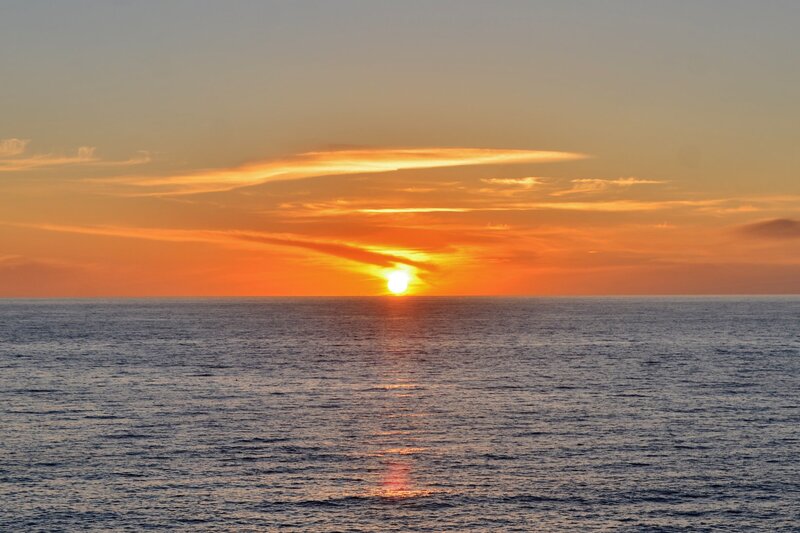

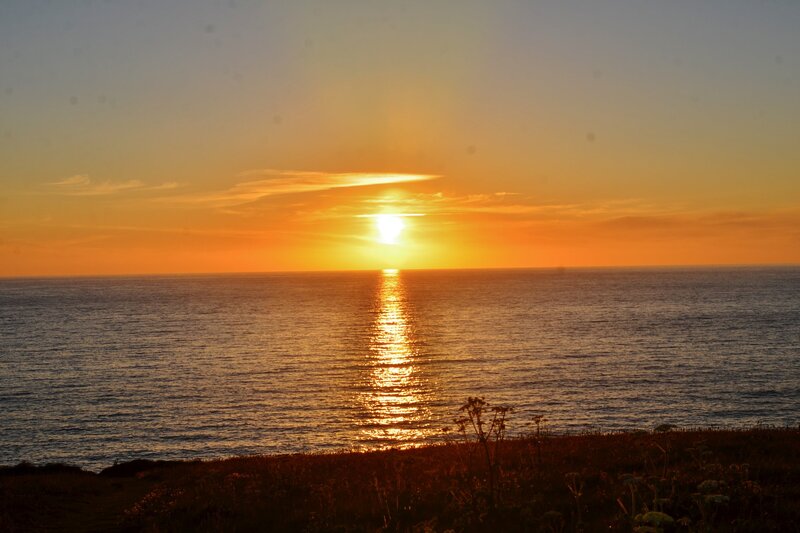
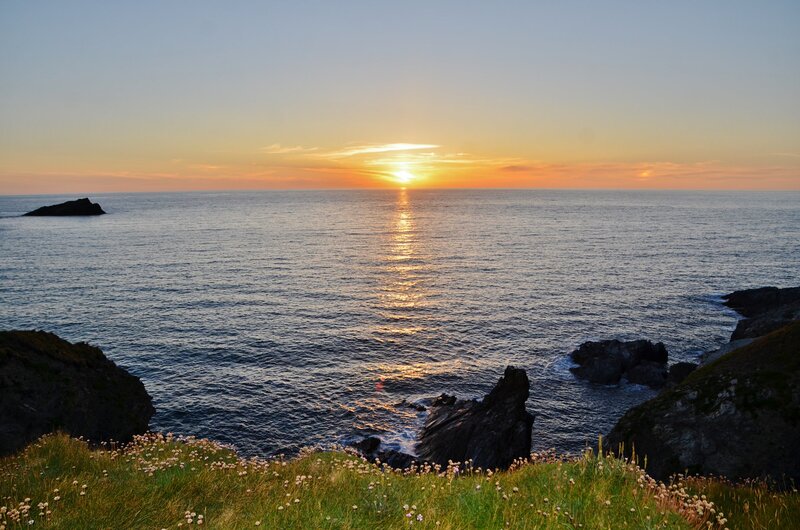
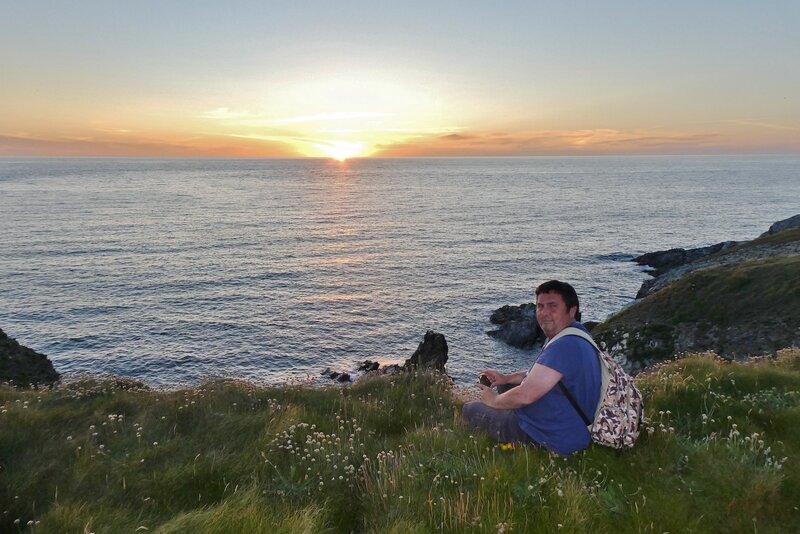
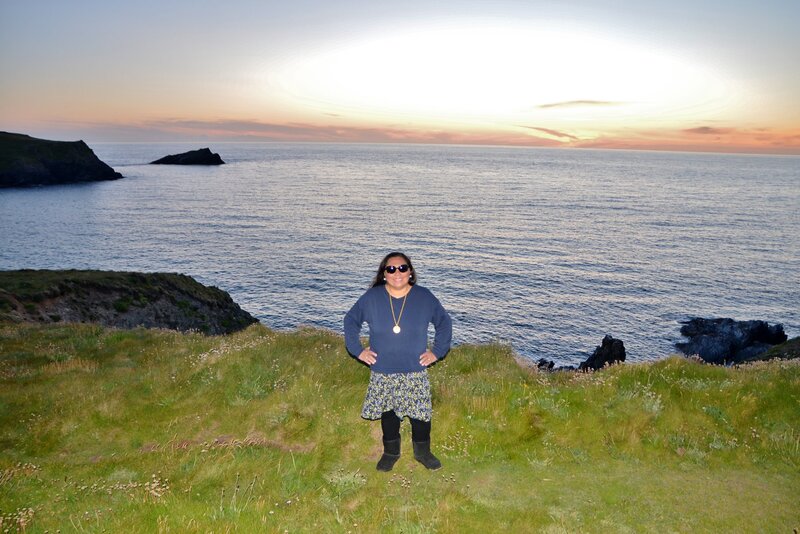
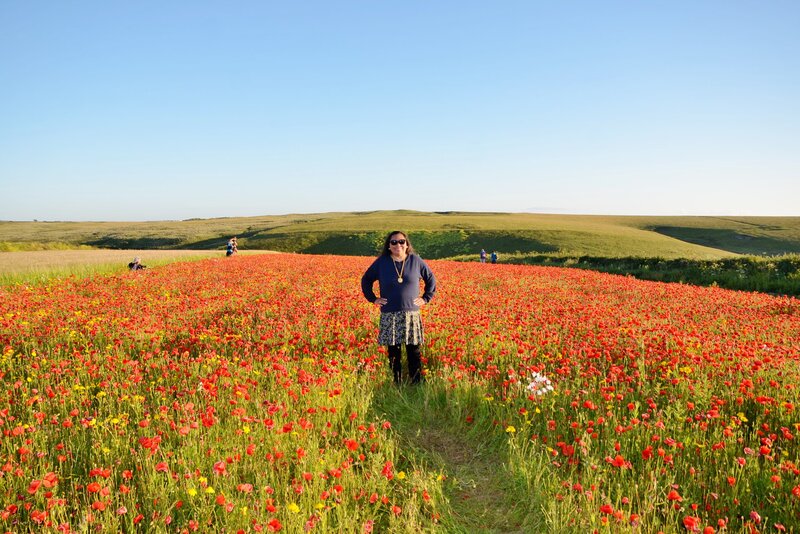
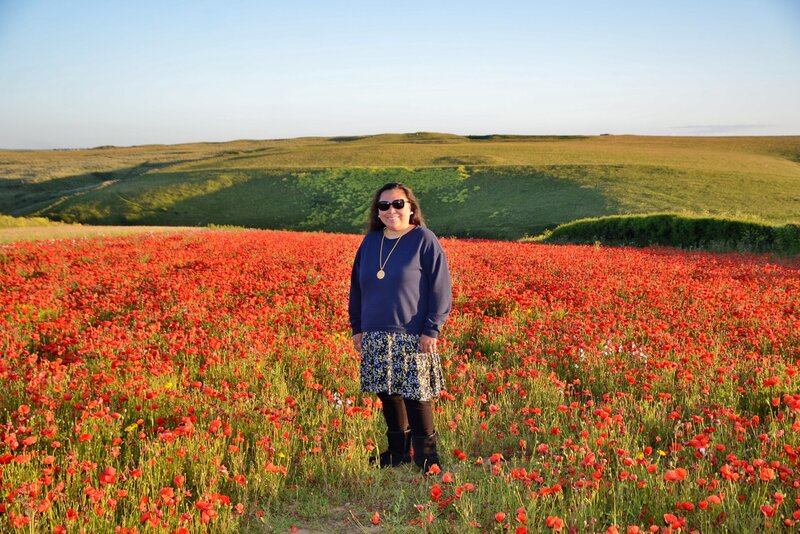
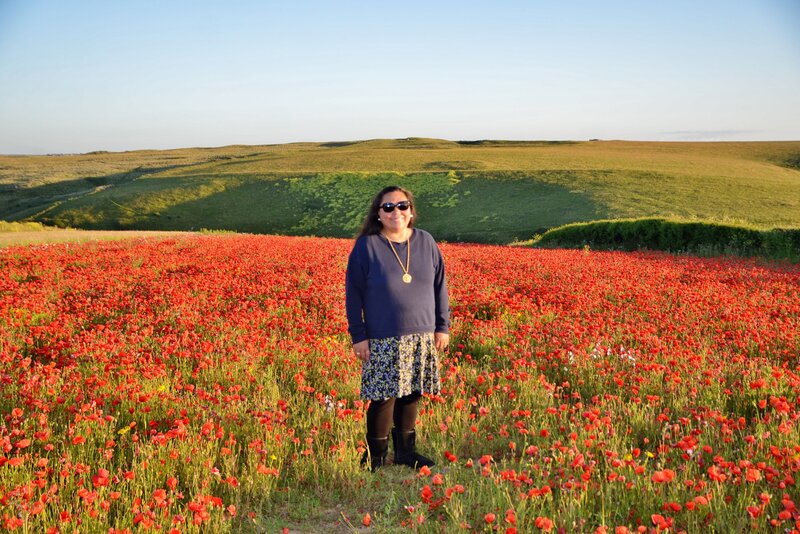
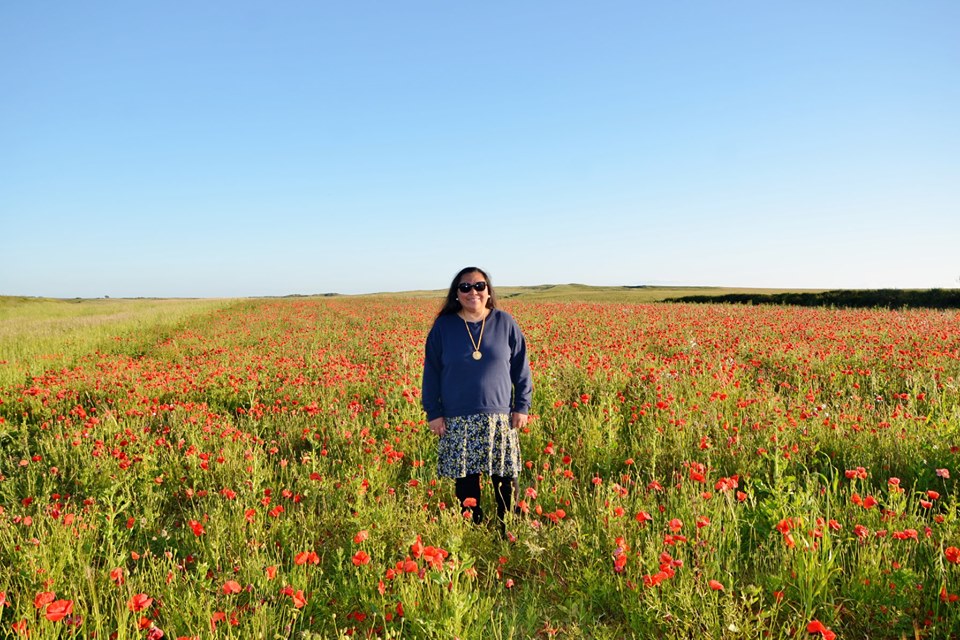
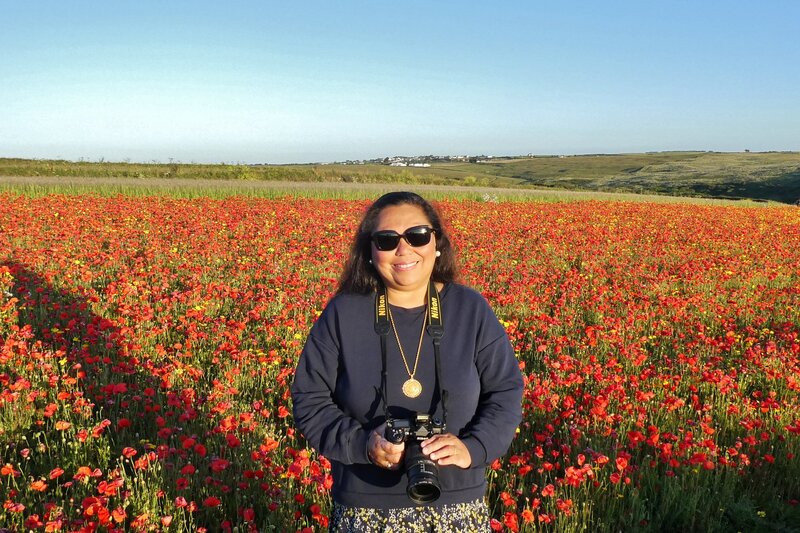
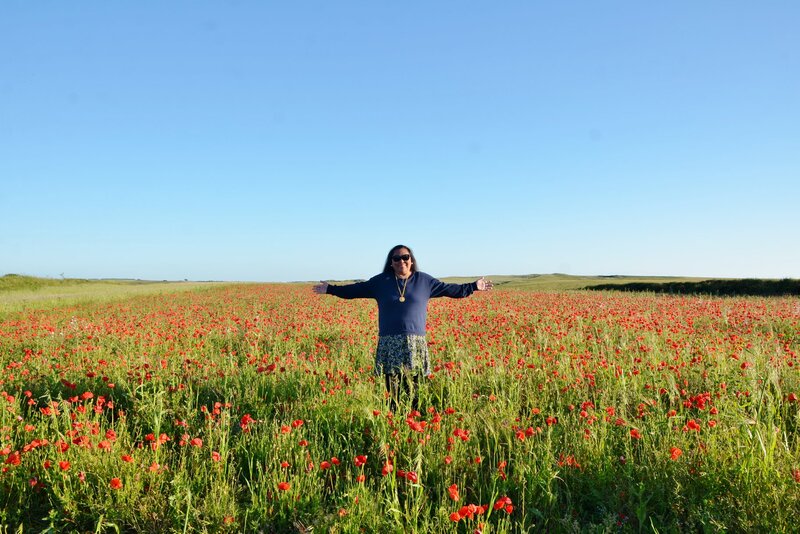
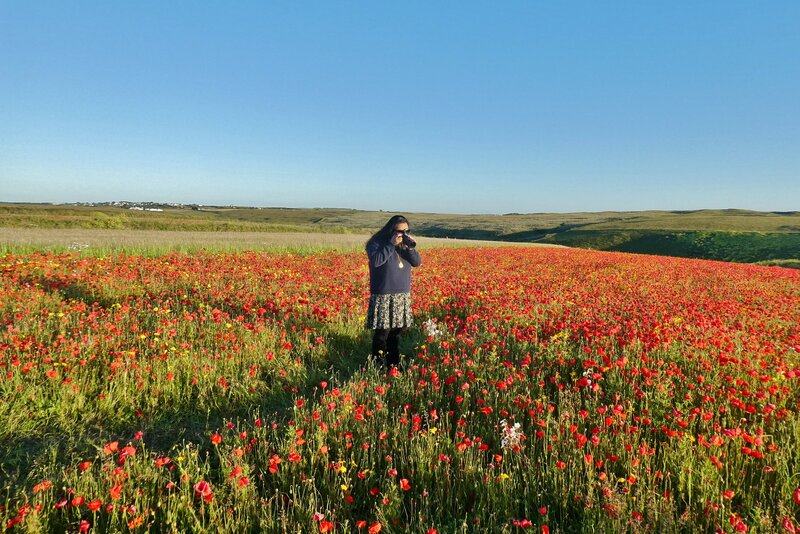
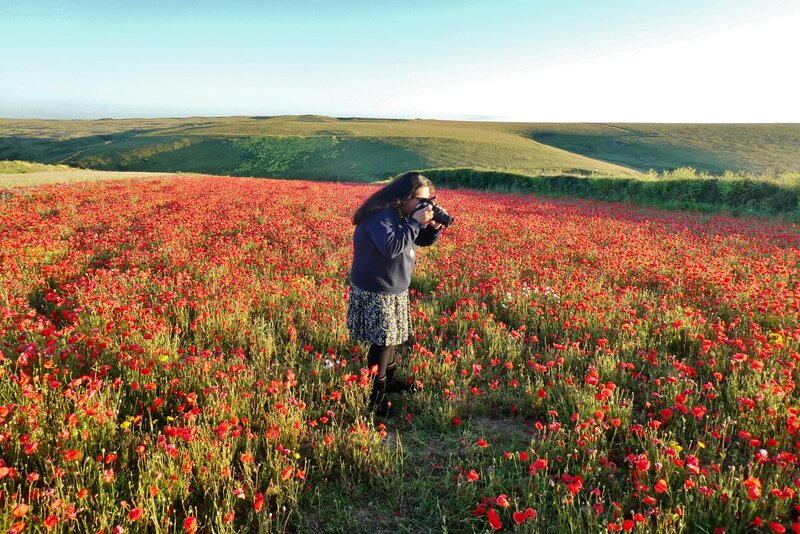
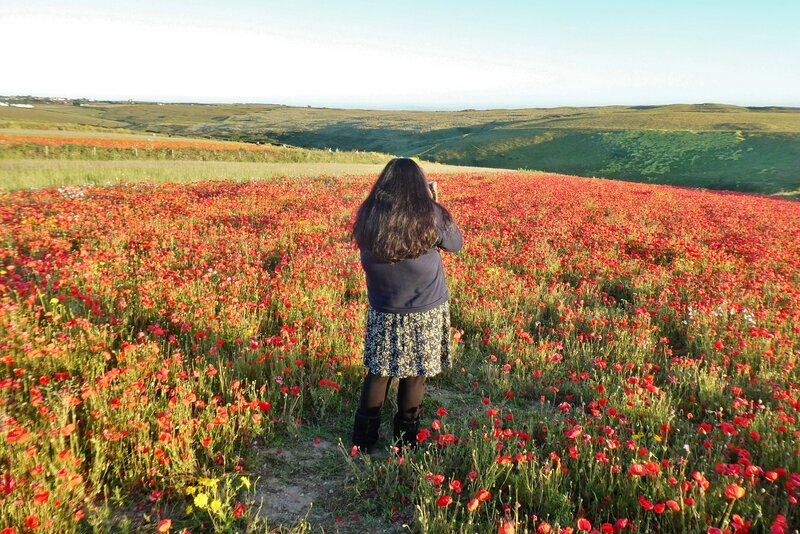
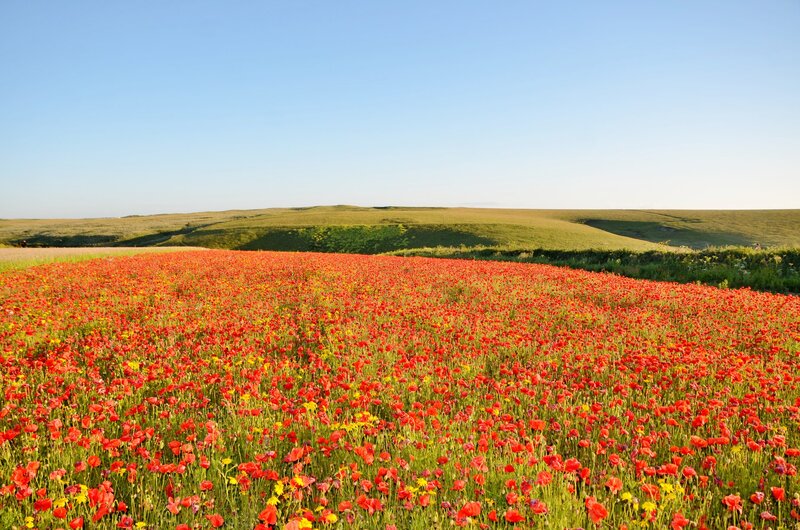
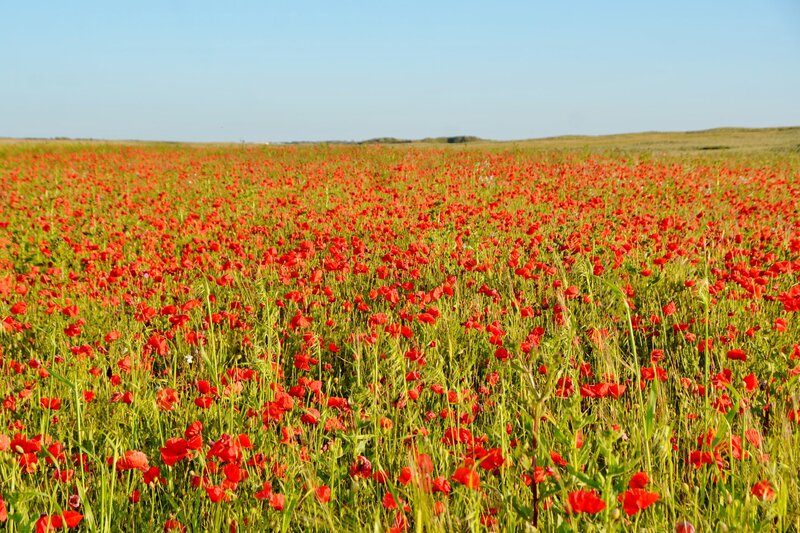
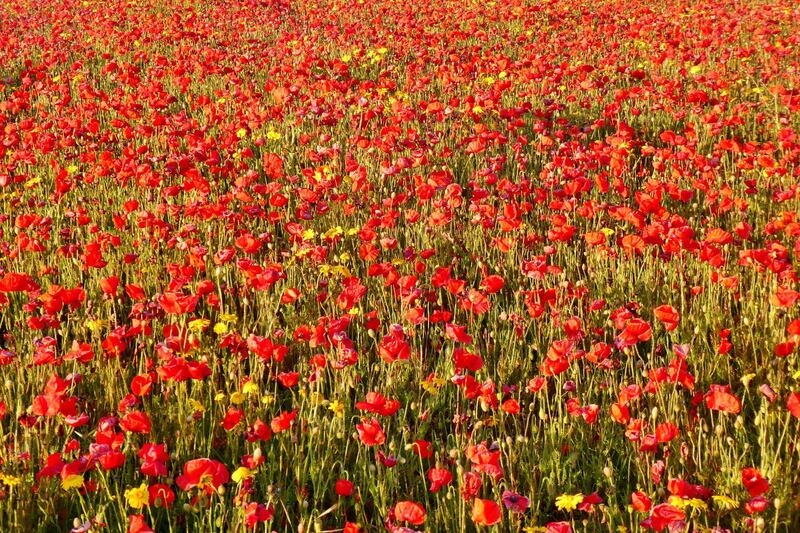

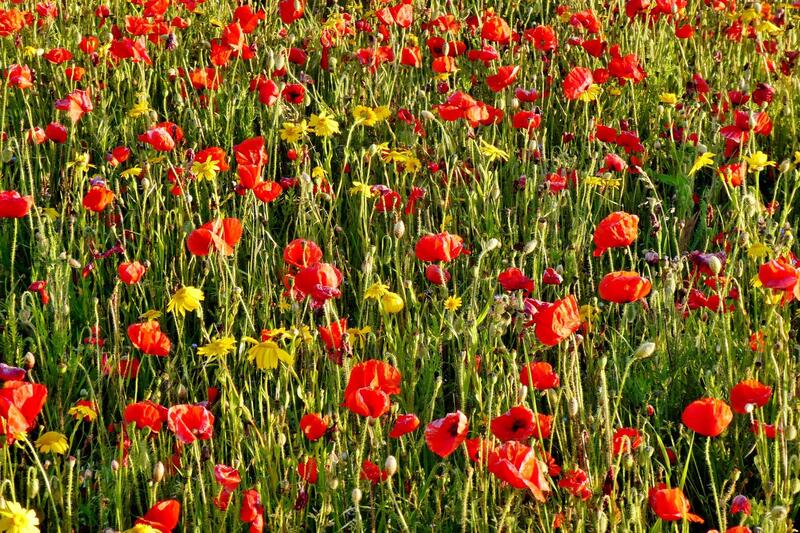
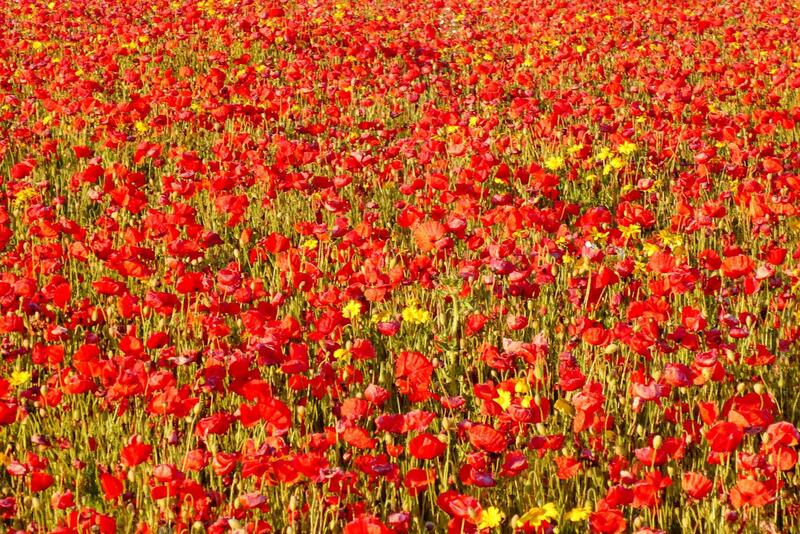
 RSS Feed
RSS Feed